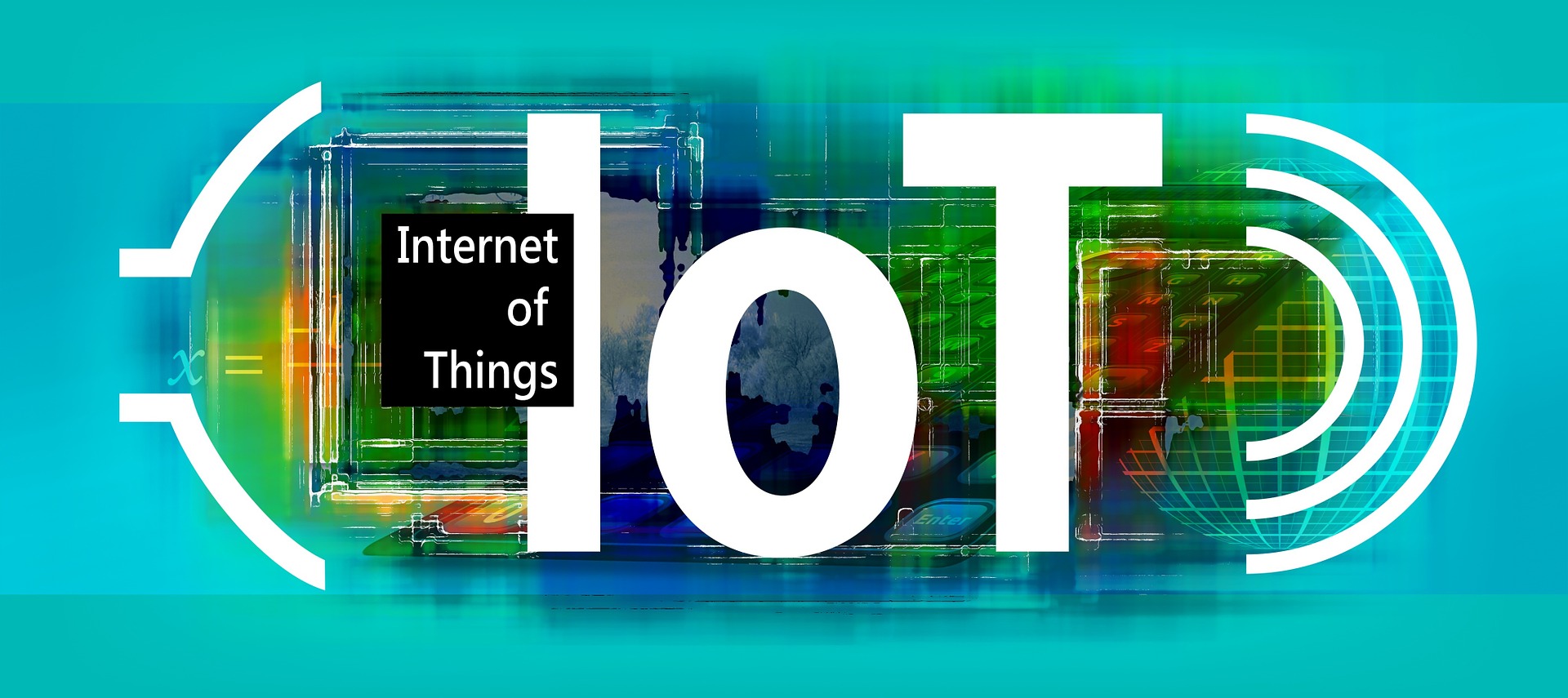 NEWS
NEWS
 NEWS
NEWS
 NEWS
NEWS
The Internet of Things (IoT) has landed, with more than 65 percent of enterprises worldwide saying they’re already using smart devices and sensors to gather data to assist with their business operations and deliver new insights.
451 Research Inc.’s new Voice of the Enterprise survey found that 71.5 percent of the 1,015 respondents said they accumulate the majority of their IoT data from machine sensing. This compares to just 20 percent who collect the majority of their data from environmental sensing, and 8.5 percent that gather data mostly from biological sources, such as people and animals.
When asked how that data is collected, 51 percent of enterprises said the most common source of their data is their IT equipment. This is followed by camera and surveillance gear (34 percent), data center facility equipment (33 percent) and smartphones/end-user devices (29 percent). The type of industry a company is involved in also plays a role, with 49% of manufacturing organizations gathering data from factory equipment and 49% of healthcare organizations gathering data from medical devices, for example.
Surprisingly though, 451 Research’s survey also found that 30 percent of enterprises don’t gather any kind of IoT data at all, illustrating that for many, there’s still a lot of work to be done.
As far as stumbling blocks go, it seems that security concerns are still the major inhibitor of IoT adoption. Some 46 percent of respondents said security was the biggest barrier to IoT adoption, while another 32 percent said they lacked the internal skills to do so. A further 29 percent of enterprises said they lacked the IT capacity to adopt IoT, while a lack of perceived ROI and benefits was cited by another 29 percent of firms.
Still, 66 percent of firms that indicated they do collect IoT business data said that business risk had been reduced as a consequence. Additionally, some 63 percent said IoT data had allowed them to better optimize their business operations, while another 33 percent said IoT data had helped them to develop new products and services, or enhance existing ones. Another big benefit of IoT data was enhanced customer targeting, cited by 21 percent of enterprises.
In a further indication of IoT’s unstoppable march, 61 percent of firms said they were managing their IoT projects in house, without the help of external consulting services.
“Connected endpoint scenarios vary immensely from traditional use cases such as IP connected cameras, building automation, warehouse automation and telematics to emerging industrial use cases such as crop monitoring and remote patient monitoring,” said Dan Harrington, research director at 451 Research, in a statement. “Organizations are both enhancing their already connected endpoints with greater capabilities as well as connecting new objects with sensors and circuitry to derive net new value for the business.”
Harrington added that there’s a clear need for external expertise to help convince enterprises of the business value the IoT holds, as well as a need to fill gaps in areas like Big Data, network infrastructure and security to enable IoT.
“While there are numerous examples of ‘old’ IoT, it does feel very much early days. We are just now beginning to understand the value of the data being produced and how best to put it to use,” Harrington said. “In order for IoT to evolve as a key digital transformation enabler, enterprises and vendors of key solutions must address security concerns, set standards for connectivity, and lower both the cost and complexity of deploying these environments.”
THANK YOU